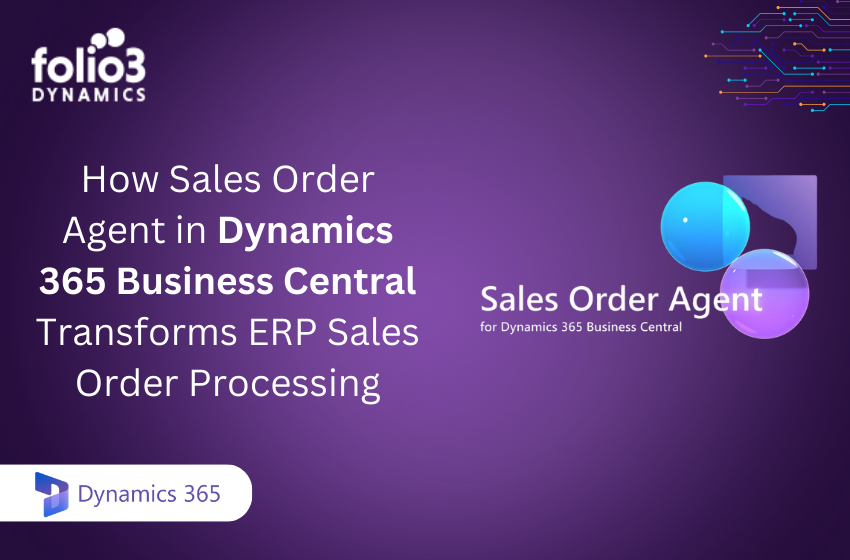Virtually anyone who runs a real estate business and is a part of this industry for a long time knows how important it is to track their performance. Someone who has been in this industry for a long knows how to make good use of real estate KPIs. These KPIs not only help you to track simple data but also encompass everything from leasing to management and development.
This article is a guide for you to understand the basics of real estate KPIs and see how these KPIs improve property performance. We also talk about the benefits of leveraging an analytics framework for the better performance of your business.
What is a Key Performance Indicator?
Key Performance Indicators or KPIs in simple words are metrics that help you optimize your performance by closely monitoring the processes in your business. These metrics are the quantifiable measurements used by companies all around the world to supplement their efficiency and estimate their performances in day-to-day operations to make improvements when and where required.
What Are Real Estate KPIs?
A real estate Key Performance Indicator (KPI) is used as a measuring tool to assess the overall productivity of the business and investment. These metrics can be used in several ways but the ultimate goal of using these KPIs in the real estate business is to drive more strategic, data-driven decisions and improved business outcomes.
Why Should You Use Real Estate KPIs?
Real estate Key Performance Indicators (KPIs) are a way to measure the success of a real estate business and its client’s satisfaction. It helps determine if the real estate business is running according to its objectives or not.
You may have heard about KPIs before, but if not, here’s what they are:
– Key Performance Indicators are metrics that measure how successful a real estate agency is at accomplishing its goals.
– KPIs can be used to track how well an organization is performing against specific goals or objectives.
– KPIs can be used as a tool for measuring employee performance and satisfaction so that managers can make sure they’re addressing any issues before they become more serious problems
How Can You Make Sure That Your Real Estate Business Follows KPIs?
When you introduce KPI into your real estate business, you might face a few challenges with many different projects. Not everyone in your real estate company or business may know what KPIs are, how to use them, and what benefits they provide.
For this purpose, you need to ensure that everyone on your team is on the same page. Everyone knows what real estate KPIs are. Arrange some educational sessions for your team to help them understand the basic concept and why KPIs are very important for your business to move ahead in this field and how these KPIs when used efficiently can increase the overall productivity of your company.
You must use KPIs to get insights into what is required in your business and determine which areas need further improvement. You have to share this data with everyone on your team to enlighten them about the usefulness of these KPIs.
KPIs Used By Real Estate Agents
There are many KPIs to choose from. You can choose multiple real estate KPIs depending on your demands. You can also select these KPIs as a real estate agent, to measure and optimize your (or your teams’) performance.
Here we mention some of the most important real estate KPIs used most commonly by real estate agents.
Appointment to Listing Conversion Rate:
This real estate KPI is used to demonstrate the ratio of appointments made by real estate agents. These appointments are made with the potential sellers which have the probability to be converted into active listings.
This KPI can particularly be very useful in determining the total number of appointments made by you. These appointments may be either made by you or some team member of yours. The main goal of these appointments is to achieve your targets and convert potential clients into active customers.
The way to calculate this real estate KPI is by dividing the total number of listings by the total number of appointments and multiplying it by 100 to find the percentage of the customers that have been retained.
Average Commission per Sale
This KPI, in addition to providing a deep insight into the overall performance of your business, is also very motivating. It helps you apprehend the amount of effort you will need to put in to make a sale. It will help you identify the businesses that have been performing very well and learn from the strategies they adopt.
If you wish to make a good profit in this business, you will have to invest much time and money into it. You will have to understand and devise ways to optimize your performance over time.
Listings Closed
Listings closed to reflect the total number of closings your real estate agent has made over the given time. It depicts the profits made by your real estate agency and can be very beneficial for your team. It allows you to make a comparison over time to predict the overall growth of the real estate business.
KPIS REAL ESTATE INVESTORS SHOULD BE TRACKING
There are several options for you to choose from. But your selection is based on your demands. You can select real estate KPIs as an investor which can help you turn your real estate projects into a success.
Return on Investment (ROI)
For someone who has been in the real estate industry for a long and has experience in this field, Return On Investment is not something they are unfamiliar with. This KPI is very commonly used in this field. If you are an investor and you have invested in something regardless of whether it is in real estate or something else, you want to know if the money you have invested will go to waste or not, you will want to know the progress of the project and that is where ROI comes into play.
Net Operating Income (NOI)
Now that you have invested in a project, you wish to know how much money you can make from a given investment property. This is where you would want to use Net Operating Income. This KPI helps you measure the total money or profit you make from an investment.
Internal Rate of Return (IRR)
This helpful real estate KPI helps you estimate the total interest you earn on each dollar you have so far invested into the property or business in a holding period. This implies that IRR can help you understand the potential growth rate for a property. It also helps you understand the importance of the rental stability of the investment.
KPIS REAL ESTATE DEVELOPERS SHOULD BE TRACKING
Now that we have discussed the real estate KPIs used by real estate agents and investors, let’s now talk about the real estate KPIs used by real estate developers.
Real estate developmental projects are not easy to deal with. They are very high risk. But you don’t have to worry if you’re making good use of real estate KPIs.
Internal Rate of Return (IRR)
This metric is as important for real estate developers as it is for investors. Internal rate of return (IRR) can help you evaluate the financial viability of the real estate project. It helps you understand the attractiveness of this project and shows if this project has any potential to be successful or not.
Many real estate developers have a very clear idea of the type of KPI they need to use. This proves to be very beneficial for them as it gives them a good understanding of the project and allows them to work on that project more efficiently. It also recognizes all the areas where further improvement is required.
Interest Coverage Ratio
The interest coverage ratio is another very important and commonly used real estate KPI. Many real estate developers rather than developing properties with cash tend to take out loans and buy properties. The interest coverage ratio is all about the minimum amount that a developer has to pay as interest on the loans they take. This KPI helps you estimate if you can cover all the expenses with your earnings or not.
HOW MANY KPIS SHOULD YOU TRACK?
The real estate KPIs that we have mentioned before can be very helpful for real estate investors, developers, and agents. And there are so many options to choose from. You have a wide variety of real estate KPIs and selecting the right ones is based on the demands of your project.
But monitoring all such real estate KPIs at once can be a bit overwhelming keeping in view the variety of KPIs available, therefore, it makes sense if one invests in tools and metrics which can help you keep an eye on processes going on in your business. You must invest in tools that help you keep track of the right KPIs or metrics.
How can Microsoft Dynamics 365 help with real estate KPIs?
Microsoft Dynamics 365 can help real estate companies track and measure key performance indicators (KPIs) in several ways. Starting from the customizable dashboards, reports, and analytics tools you get in Microsoft Dynamics 365, your real estate business can gain real-time insights into various KPIs such as occupancy rates, property maintenance costs, lead conversion rates, and many other real estate KPIs.
The platform also integrates with other business applications and data sources to provide a single, comprehensive view of all business operations, including real estate. This helps companies make data-driven decisions and improve their performance by tracking, analyzing, and optimizing their KPIs.
Benefits of Tracking Real Estate KPIs:
The benefits of tracking real estate KPIs include:
- Improved Decision Making
- Increased Efficiency
- Better Understanding of Market Trends:
- Improved Customer Satisfaction
- Better Resource Allocation:
- Increased Transparency:
FAQs
What are real estate KPIs?
A real estate Key Performance Indicator (KPI) is used as a measuring tool to assess the overall productivity of the business and investment.
Why are key performance indicators so important?
KPIs are important because they help you understand where you as an organization stand. It helps you set goals and gives you a deep insight into if you are making progress or not, if you are achieving your goals or not, and if you’re headed in the direction you want.
What are real estate key performance indicators (KPIs) examples?
A few examples of real estate KPIs are as follows:
- Payback Period
- Interest Coverage Ratio
- Return on Investment
- Tenant Turnover
- Average Rent Price per Property
- Internal Rate of Return
- Operating Expense Ratio
- Repair and Maintenance Costs
- Net Operating Income
- Revenue Growth
- Client Feedback


